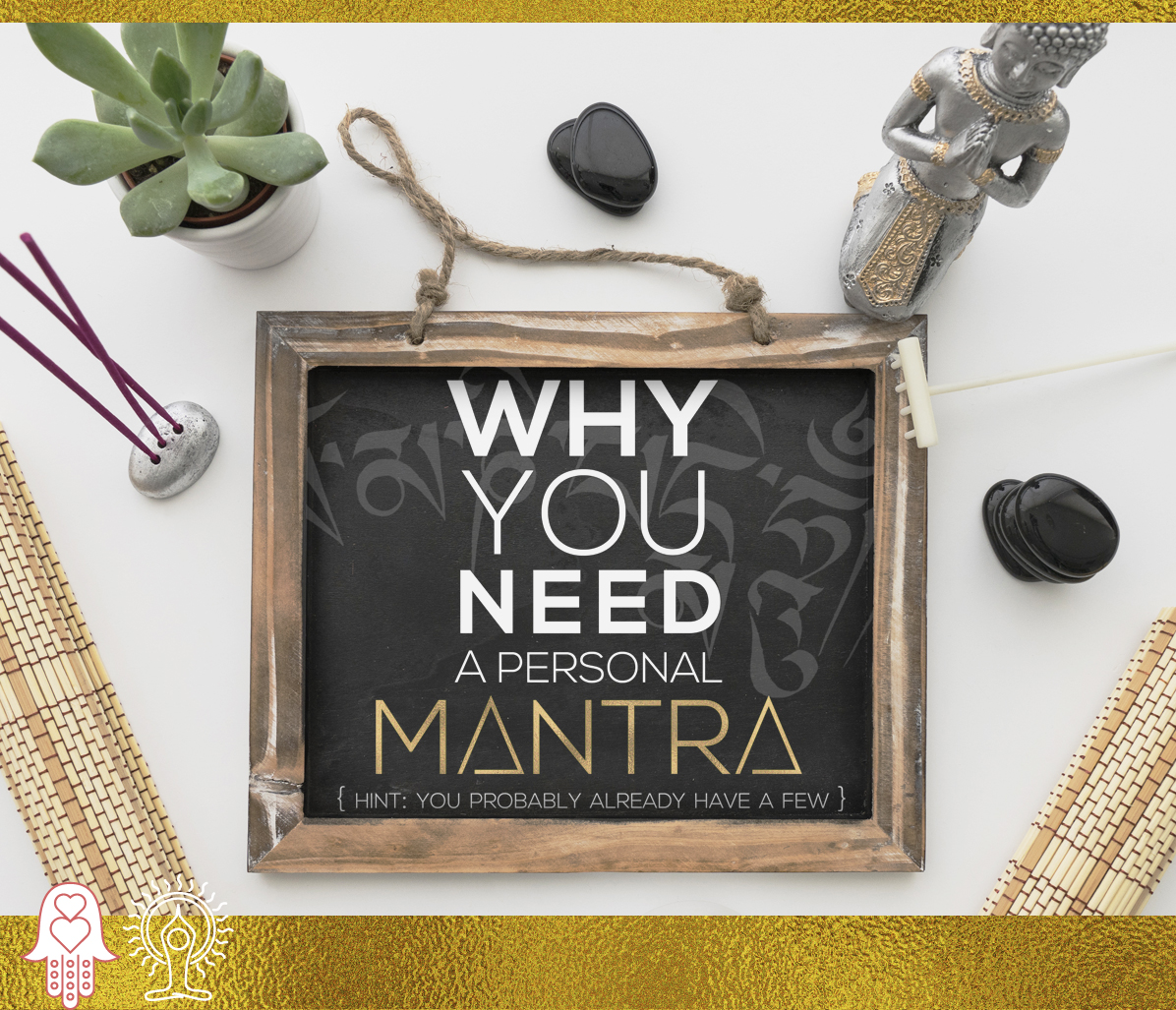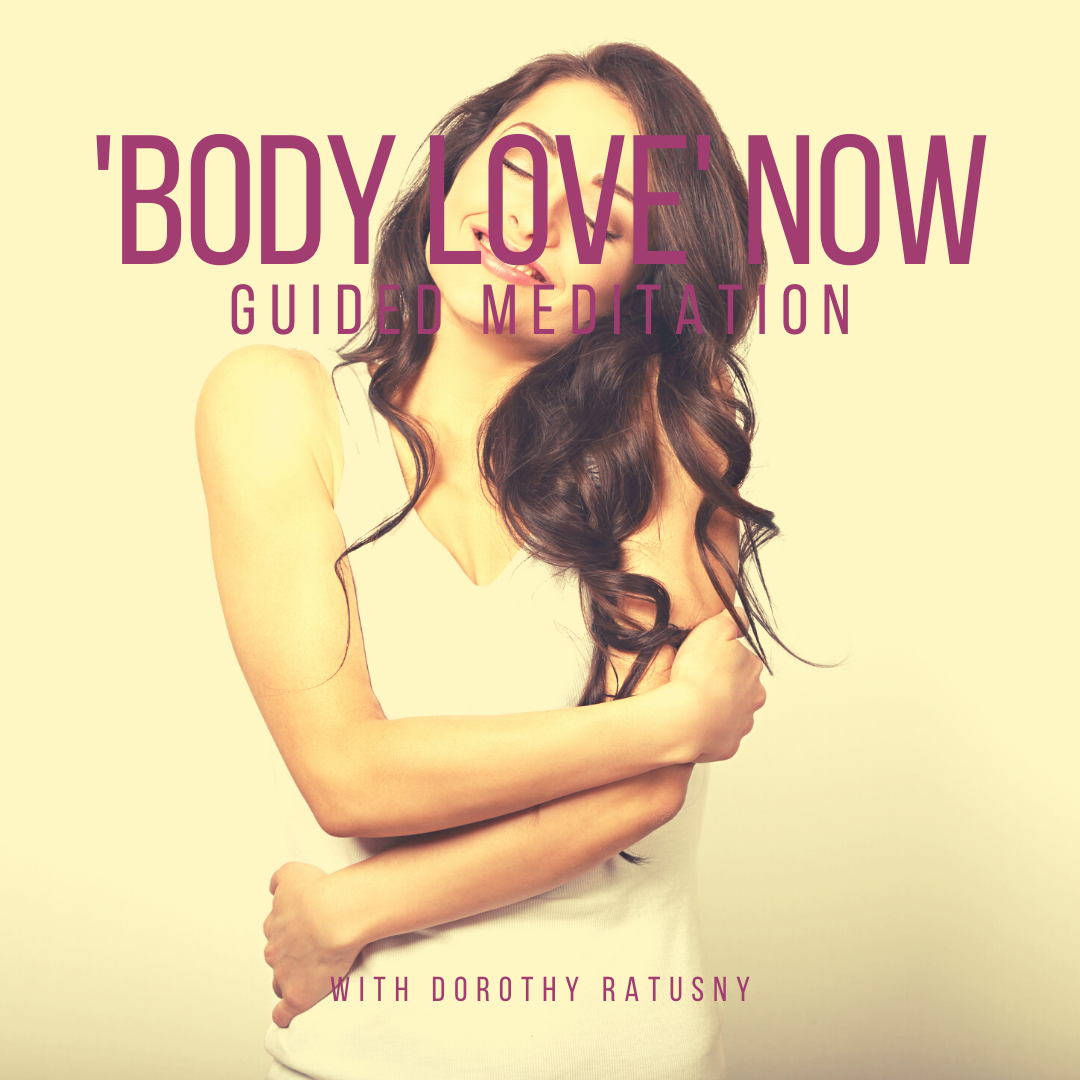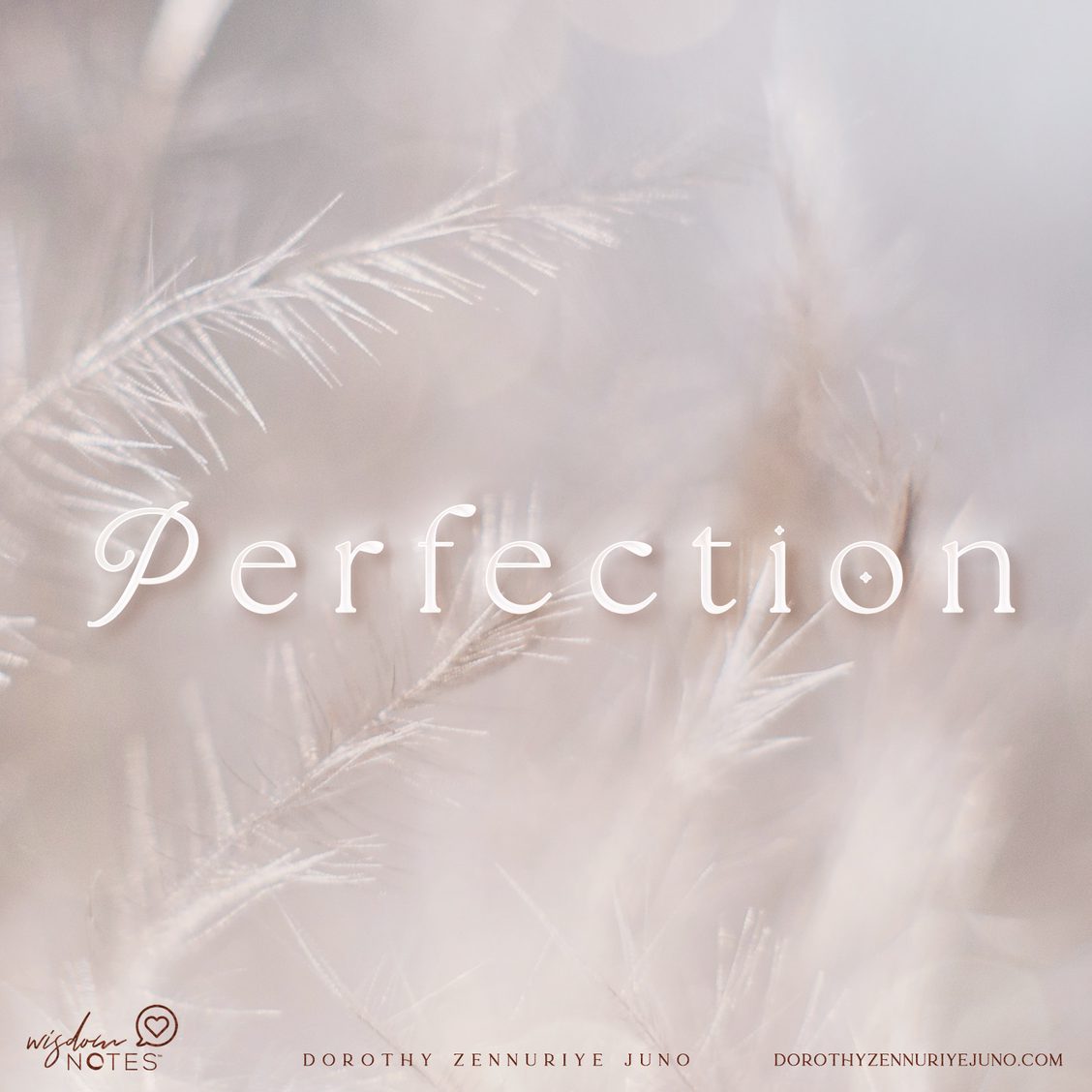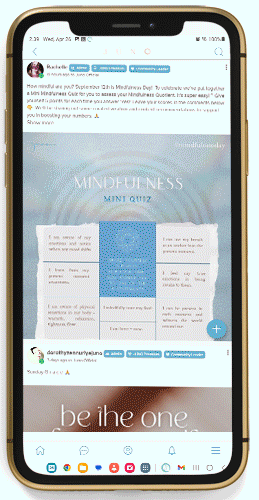
Personal mantras inspire change and manifest a new reality. A mantra is a grouping of words, or sound(s) that are founded in a particular spiritual doctrine, and that aid in focusing the mind during meditation.
Used in many organized religions (originating in Hinduism and Buddhism), the use of mantras is thought by scholars to predate 1000 BC. There is even a suggestion that mantras may be older than language.
In Sanskrit, the word mantra is derived from the root manas – meaning ‘mind’ (also: ‘man’- meaning ‘to think’) and the suffix -tra meaning ‘tool’, hence a literal translation would be ‘a tool for the mind’.” (source)
The most widely used (and oldest) mantra?
One of the most universally recited mantras is the sacred Hindu syllable Aum—considered to be the first vibration emanating as sound at the beginning of creation. Aum (usually spelled Om) is believed to contain every vibration that has ever existed—or will exist in the future. It is also the energetic root of other, longer mantras, including Om namah shivaya (“I bow to Shiva”—Shiva being the inner Self, or true reality), and Om mani padme hum (which essentially mean “jewel of the lotus,” and has been interpreted as, “By practicing a path that unites method and wisdom, you can transform into the pure exalted body, speech, and mind of a Buddha”).
Aum – ‘A Sacred Sound’

Thought to originate from the Hindu Dharma in the Vedic tradition, ancient India’s great literature touts Aum as the symbol that represents the nature of the universe. The popular Hindu mantras are in Sanskrit, but mantras have deep roots in every major spiritual tradition and can be found in many languages, including Hindi, Hebrew, Latin, and English. For example, a popular mantra for Christians is simply the name Jesus, while Catholics commonly repeat the Hail Mary prayer or Ave Maria. Many Jews recite Barukh atah Adonai (“Blessed art thou, oh Lord”); while Muslims repeat the name Allah like a mantra. Source: Yoga Journal
You may recite a mantra that emanates a sound (like OM) *which has beautiful benefits to you since the repetition of this Hindu syllable generates a beautiful vibration that you can actually feel your own vibration attuning to; and it offers a viable distraction from the thoughts that are generated in your mind. However, for many people – and I encourage this for clients – who are working on making specific changes; and who may benefit from having ‘a tool for the mind’ which reminds them of their new habits and practices – to choose a word or grouping of words that inspire and remind them of their conscious choices. Using a phase that begins with “I AM….” enables us to witness our self in the present moment as we desire to be. For example, “I am kind. I am at peace. I am a being of love.”
For clients with anxiety or panic disorder – who are using the strategies and techniques learned in our session to help alleviate their worries and fear – having a mantra such as: “I am calm. I am in control” and “breathe deeply” are helpful to reiterate their ability to manage their emotions and be in control.
For whatever is soothing, inspirational, and a reminder of how you wish to be; let your chosen words become the spoken utterances of your mantra.
“A mantra of your choosing is a sound, word or phrase repeated in contemplation, prayer, or meditation, with deliberate attention to how the words or sound feels – as you recite it.”
– dorothy ratusny
The repetition of a mantra helps to affirm its intention and meaning. It can and does aid in changing our thought process. Perfect as a tool to support new thought patterns and core beliefs that are introduced in therapy, a mantra has the potential of cementing a positive new belief into our core being.
Because what you tell yourself, you believe…
By definition, you may already be using a mantra although not for an intended purpose. Your ‘mantra’ may be a series of self-critical phrases that constantly run through your mind as negative and effacing ‘self-talk’. For example, “this is awful”, “I can’t do that”, “I don’t have …. (e.g. enough money, time, anyone to love me, etc)” or “I hate myself” are phrases that rehearse negative messaging that you eventually believe – when repeated often. This type of “mantra” (of repetitive negative thinking) – causes you to feel unhappy, undeserving, anxious, defeated, or unloved.
- With clients, it can be a huge help to examine and find evidence that refutes a problematic and incorrect core belief. I help clients to identify the silent and yet destructive pattern of thoughts that are repeated frequently – and which are largely unnoticed – and yet affect how they think and feel about their self, others, and the world. Once a problematic core belief is identified, I show clients how to set a new core belief – one that is accurate and freeing of their old pattern of thinking. Your new core belief may become your personal mantra.
- Alternatively, you may choose a mantra that inspires desired change and that uplifts your mood; one that you hold belief in. With repetition of it, you begin to witness a change in how you think and feel. This is a powerful way of building new thought forms, habits, and beliefs even without identifying what your original (problematic) core belief may be.
Consider choosing a personal mantra that reflects not only how you would prefer to see yourself (or any aspect of your life) but the way you want to be, feel, and act. In this way, your mantra aids in helping you manifest your future ideal self or life circumstance.
Let your personal mantra inspire, empower and manifest your future.
What Is Japa?
The meditative repetition of a mantra is known as japa, which translates in Sanskrit as “muttering, whispering.” Japa has been an important aspect of yoga practice since Vedic times. It consists of the repetition of the same mantra, which can be composed of a single syllable (e.g., OM) or a string of mantric sounds (e.g., om namah shivaya). (The Sanskrit term for practice—abhyasa—means “repetition.”) Source: Yoga International
As a practice, Japa is thousands of years old. In the beginning, mantras were drawn only from the thousands of verses in the Rig-Veda, Hinduism’s oldest and holiest scripture. After some time, mantras were taken from non-Vedic sources as well, such as the numerous texts associated with the schools of Hindu Tantra, or those revealed to seers (rishis) in meditation. Source: Yoga Journal
For countless generations, Japa has been practised with the aid of rosaries of various kinds. These are known as malas, meaning literally “garlands.” Such devices have been employed in Hinduism, Buddhism, Jainism, Sikhism, and also in spiritual traditions outside India, notably Christianity and Islam.
How to Practice Japa Meditation
- Take a comfortable seat on the ground, on a bolster or pillow, or even sitting upright in a chair.
- Sit tall and place your palms on your knees or folded in your lap. Relax your shoulders and close your eyes.
- Begin to focus on your breath in and out through your nose, and do your best to move away from your mind’s agenda or any distractions around you.
- Start to connect the mantra to your breath. For example:
Inhale: I am energized
Exhale: I am focused - Continue repeating this for as long as you desire. Once you release the mantra, sit for one more minute to absorb its meaning and message before softly blinking your eyes open.
The Technique of Mantra Meditation
Source: chopra.com
1. Choose a mantra. A mantra is a word or phrase that you silently repeat to yourself during meditation. The purpose of the mantra is to give you something to put your attention on other than your thoughts. You may use any phrase you like. Some people like to use words like “Peace” or “Love”. You may wish to use the So Hum mantra. This is a commonly used Sanskrit mantra, which literally translates to “I am.” It is often referred to as the mantra of manifestation.
2. Find a comfortable place to sit. It’s best to find a quiet location where you won’t be disturbed. There is no need to sit cross-legged on the floor unless that is comfortable for you. You can sit on a chair or sofa or on the floor with your back against a wall. You may support yourself with cushions, pillows, or blankets. The goal is to sit as upright as possible while still remaining comfortable. Lying on your back is usually not recommended because you may have a tendency to fall asleep in this position, but for some meditations such as yoga nidra this is a desired posture. Meditation can be practiced anywhere, as long as you are comfortable.
3. Gently close your eyes and begin by taking several deep breaths. Try taking a few “cleansing breaths” by inhaling slowly through your nose and then exhaling out your mouth. After a few cleansing breaths, continue to breathe at a normal relaxed pace through your nose with your lips gently closed.
4. Begin repeating your mantra silently to yourself without moving your tongue or lips. The repetition of your mantra is soft, gentle, and relaxed. There is no need to force it. The mantra does not need to correlate with the breath, though some people prefer to do so. For example, if using So Hum as your mantra, you could silently repeat ‘So’ on your inhalation and ‘Hum’ on your exhalation. If you choose to correlate your mantra with your breath, do not become overly fixated on this. As your meditation continues, allow the breath to fall away into its own rhythm. The repetition of your mantra should be almost effortless. Sometimes it is helpful to imagine that rather than repeating the mantra to yourself, you are actually listening to it being whispered in your ear.
5. Do not try and stop your thoughts or empty your mind. As you continue with this process, you will inevitably find that you drift away from the mantra. It is human nature for the mind to wander. Do not try and stop your thoughts or “empty your mind.” Whenever you become aware that your attention has drifted away from your mantra to thoughts or any other distractions, simply return to silently repeating the mantra.
6. Stop repeating the mantra. After approximately 20 to 30 minutes, you may stop repeating your mantra and continue sitting with your eyes closed. Be sure to spend a few minutes relaxing with your eyes closed before resuming activity. You may use a timer with a very gentle, low-volume sound. You can download a meditation timer app on your smart phone or choose a soothing sound on your phone’s built-in timer. Be sure to turn the volume down very low as you don’t want to be startled out of your meditation.
If you find that 20 to 30 minutes is too long for you, start with whatever amount of time you can, and slowly build your way to 20 to 30 minutes. Even a few minutes of daily meditation is beneficial.
The benefits of meditation are greatest when practiced daily. Ideally, meditation can be done first thing in the morning upon rising and then again at the end of the day, preferably prior to dinner. Meditation is a way of beginning your day feeling centered and balanced. If you practice meditation in the evening, think of it as a “release valve,” allowing any stress or tension from your day to simply drift away.

The Beauty of Life: A Morning Prayer | The Wisdom Archives | #087
A morning prayer, spoken in prose; to open your heart and guide you towards the miracles and blessings of your day.

I AM ~ A DAILY MANTRA of Self-Love | The Wisdom Archives | #103
Your I AM Mantra for experiencing self-love. Listen often. Then Repeat.

A Morning Prayer to Evoke Love | The Wisdom Archives | #128
Hold the energy to be incredible in all ways today…

‘I AM’ – A MANIFESTING MANTRA TO BEGIN EACH DAY WITH LOVE AND GRATITUDE | The Wisdom Archives | #075
The idea behind manifesting and mantras is to rewire your brain; to give yourself new ideas and empowering thoughts, and to manifest something incredible! I look forward to hearing your experiences as you enjoy this morning manifesting mantra, and as you allow it to bring much love and abundance into your life.

My Sacred Life ~ An ‘I AM’ Mantra Meditation
‘I AM’ Mantras can form what becomes a […]

A Morning Prayer of Inspiration and Love | The Wisdom Archives | #097
A beautiful morning prayer to guide you into inspiration and to feel loved.

















Leave A Comment
You must be logged in to post a comment.